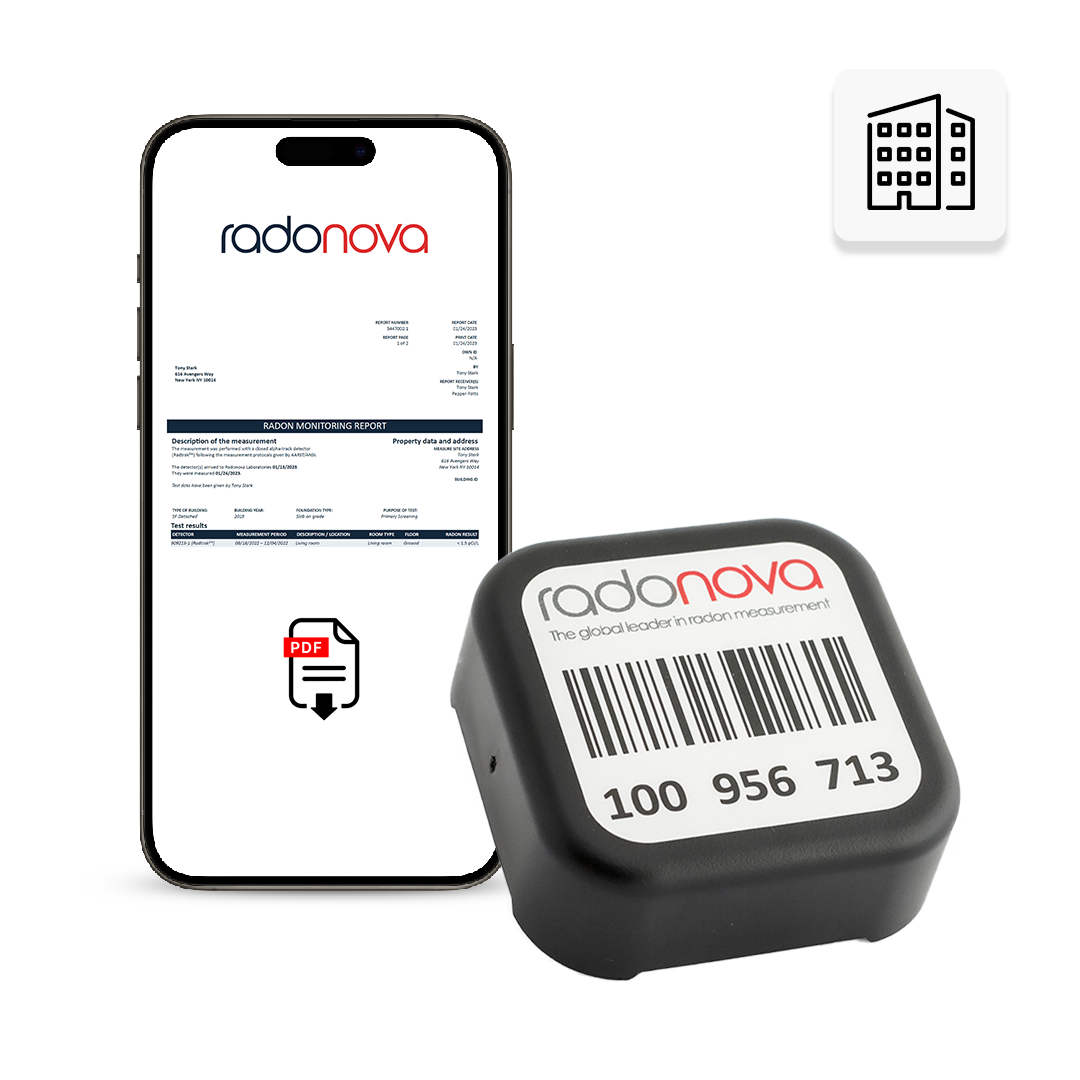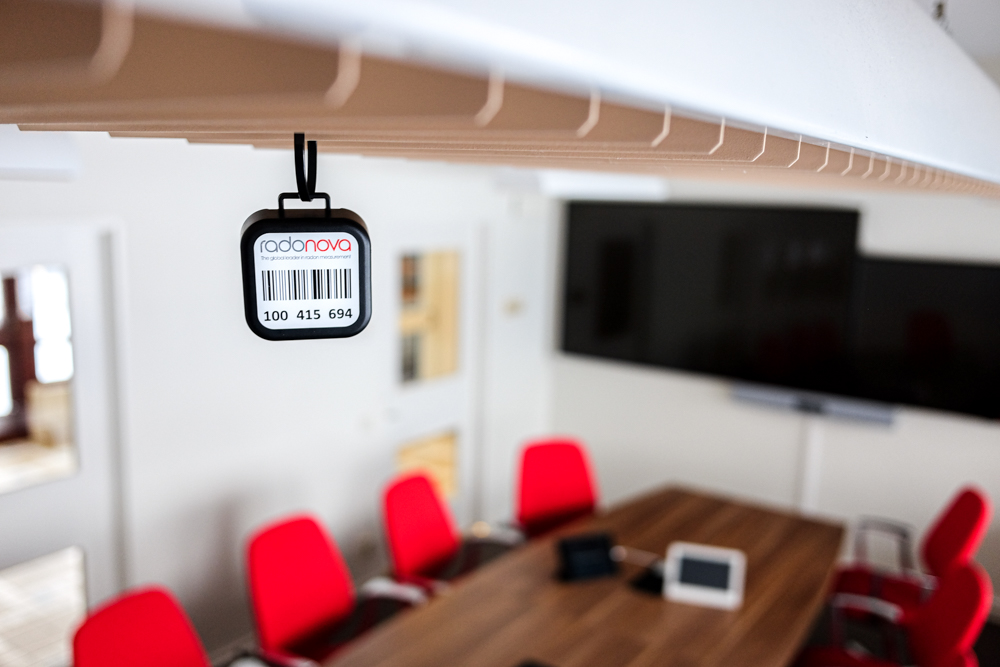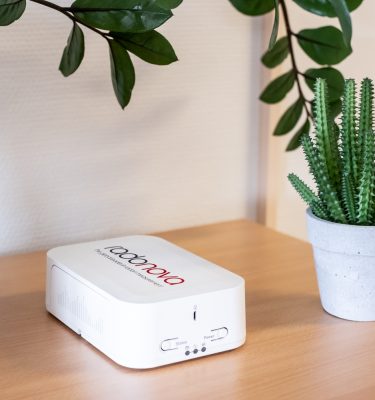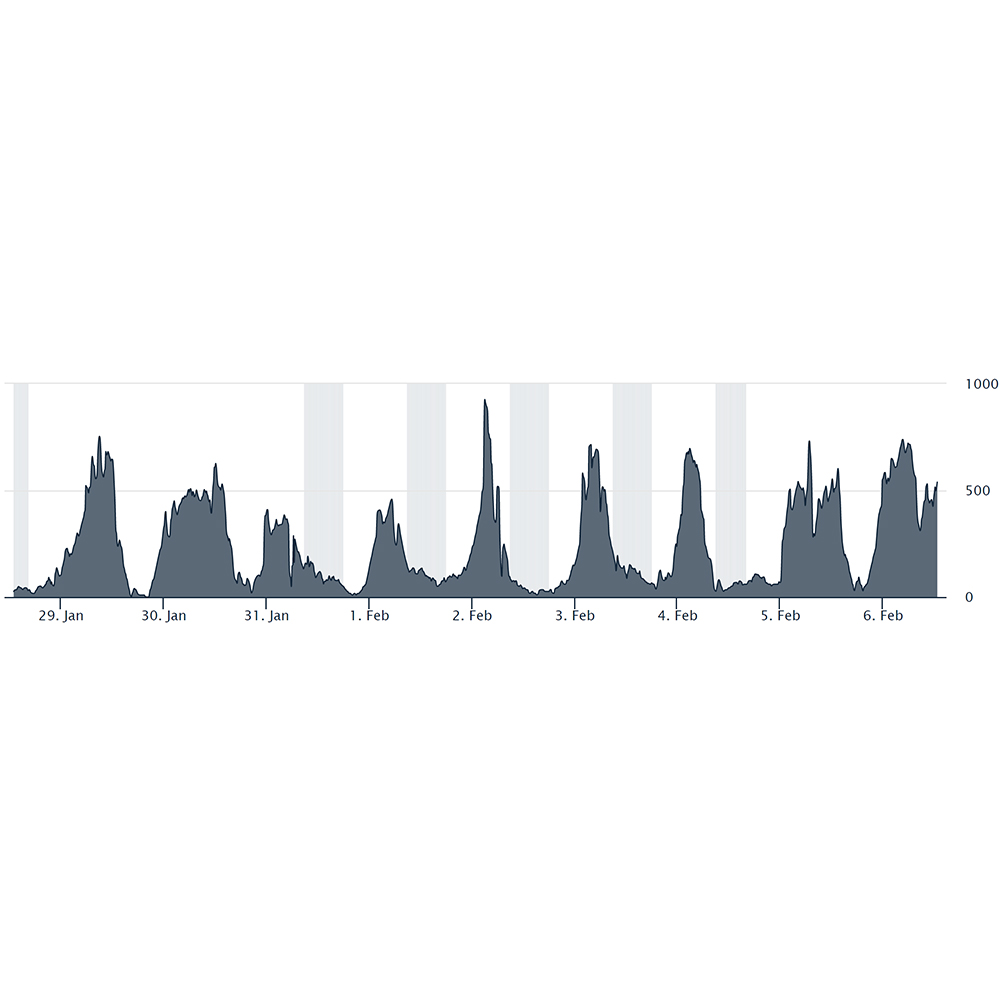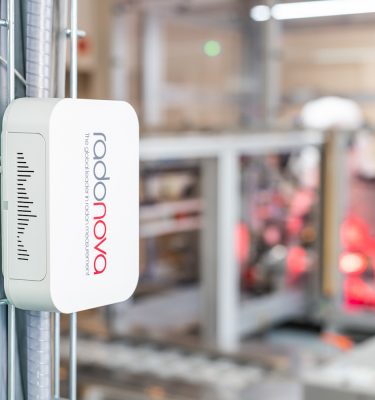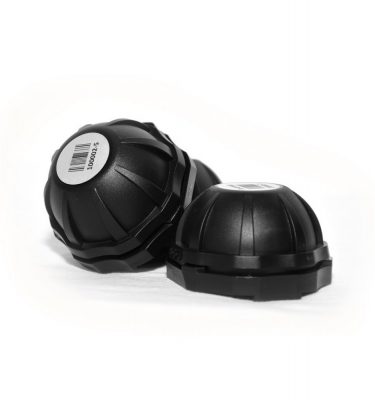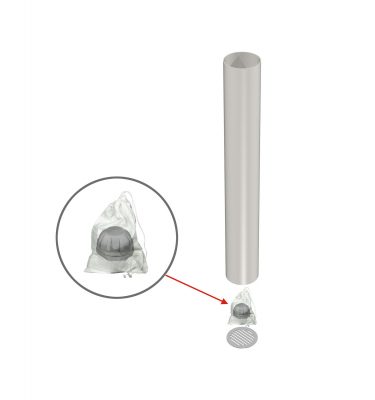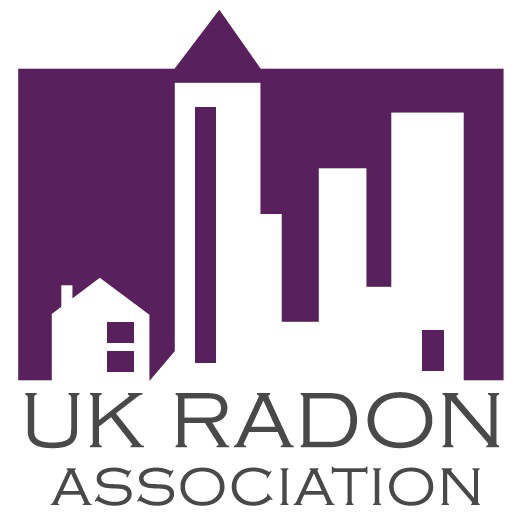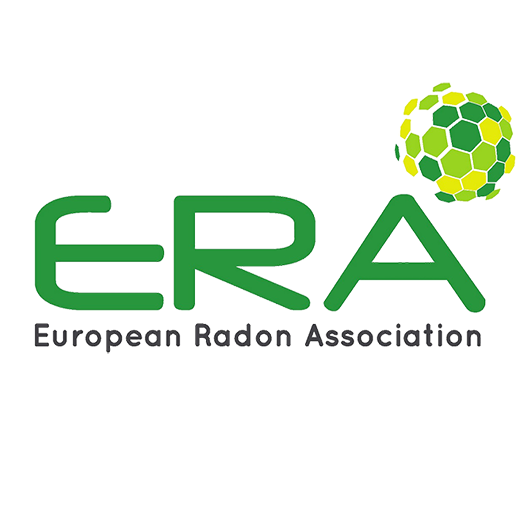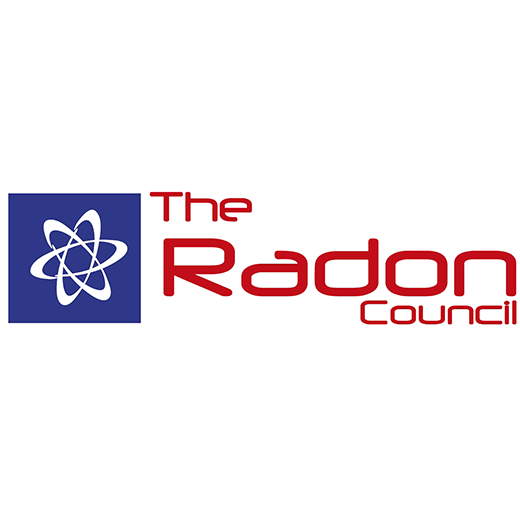-
Radtrak³®: radon testing kits for workplaces and schools
Select options This product has multiple variants. The options may be chosen on the product page -
SPIRIT® Radonlogger: digital radon monitor for homes, schools, and workplaces
Select options This product has multiple variants. The options may be chosen on the product page -
SPIRIT®: digital radon sensor for workplaces and schools
Add to basket -
Ecotrak® – Radon testing in soil
Add to basket
Radon in workplaces: six steps to a safer environment
Radon is a potentially significant risk to health in areas across the UK, and in all below-ground workplaces. The Health and Safety at Work Act 1974 (HS@WA) requires employers to take responsibility for the safety of employees at, and all public visitors to, their premises. The Management of Health and Safety at Work Act 1999 was subsequently introduced to enhance this by means of risk assessments; documentation designed to identify significant hazards in the workplace (including employees working from home) and introduce measures to minimise them. The Ionising Radiations Regulations 2017 (IRR17) outlines the requirements for radiation-specific risk assessments to be carried out. Read the following six-step guide to correctly conduct radon screening, be legislatively compliant, and ultimately ensure a healthy working environment.
Conduct long-term radon testing
Long-term radon testing is the most accurate measurement form and the process is very simple and inexpensive. The method involves of carrying out a survey over a minimum three-month period (preferably including winter), using a test kit validated by the UK Health Security Agency.
As radon concentrations vary during the course of the day, it’s possible to carry out testing solely during working hours to check the true exposure level of employees. Similarly, times when the premises will be unoccupied for extended periods, eg. school summer holidays, should be avoided. Contact us for advice on which testing instrument will best suit your needs.
Reading the results
Once testing is complete, if the measurement indicates a radon concentration less than the action level for workplaces (300 Bq/m3), no immediate action is necessary. The Health and Safety Executive (HSE) recommends subsequent measuring is conducted following a 10-year period, or the event of any structural changes.
If the result of the measurement is at or greater than 300 Bq/m3,the IRR17 become applicable. These place legal responsibility upon the employer for taking action to reduce radon levels or manage exposures.
A result greater than 1000 Bq/m3, it must be reported to the HSE.
Action following high measurement
If levels greater than 300 Bq/m3 (IRR17 applicable) are detected, it means that radon exposure may be a hazard to employees. It then becomes a legal obligation to take action to reduce radon levels.
This may be simple to perform, although in the case of particularly high concentration, the advice of a mitigation consultant may be required.
If the measurement is greater than 1000 Bq/m3, it will be necessary to find solutions to effectively reduce levels as a matter of urgency.
Follow-up measuring
Once remediation measures are in place, it then becomes necessary to monitor their effectiveness by means of follow-up testing. This is essentially a repetition of Step 1, following completion of the mitigation works.
Personal dosimetry
In very rare cases, it may be impossible to lower radon concentration below the action level. In such cases, it is necessary to evaluate the dose due to radon exposure employees may receive. Personal dosimetry will help the employer to make decisions regarding maximum time an employee can stay in the area with high radon levels. A Radiation Protection Advisor should be appointed to support dose minimisation and measurement.
General practicalities
The general principle to apply when attempting to reduce radon levels should be the ALARP principle – As Low As Reasonably Practicable. Reducing radon levels to as low as possible has the greatest potential to minimise risk, however the term ‘practical’ should include an awareness of costs.
It is also best practice to offer the workforce the option of measuring levels at home. This is the responsibility of the employer if they allow the employee to work from home; however any subsequent mitigation required at home is the responsibility of the home owner.
I am text block. Click edit button to change this text. Lorem ipsum dolor sit amet, consectetur adipiscing elit. Ut elit tellus, luctus nec ullamcorper mattis, pulvinar dapibus leo.
How many radon detectors does my workplace need?
Radonova recommends following International Radon Measurement Association (IRMA) guidelines, which means you automatically comply with regulations in the UK. The advantage of IRMA’s guidelines is that their recommended procedure saves time. It’s important not to have to return to conduct additional measurements due to having deployed too few detectors.
The following locations must be included when testing for radon in the workplace:
- Rooms and locations regularly used for more than four hours per day
- All underground/basement locations, or any other location(s) used by anyone for more than one hour per week where there is a risk of radon leakage
- Any relevant locations/rooms at basement and ground floor levels. (In larger spaces, deploy at least one detector per 150m2)
- Deploy at least two detectors on upper floors, and at least one detector per 250m2
Radon testing in workplaces
Radon testing in the workplace is a simple process. Once you have received your detectors from us, place them as indicated and record the data on My Pages. Following the designated testing period, retrieve the detectors and return them to our laboratory. Your report will then be sent by e-mail or retrieved online within 1-2 weeks.
What’s included
- Long-term radon testing kits fully validated by the UK Health Security Agency
- Free access to My Pages to assist in the location of your detectors and data retrieval
- Free delivery of radon detectors within one to two working days
- ISO17025 accredited laboratory analysis within seven days of receipt
- The highest level of measurement quality and accuracy, as proven in international tests
The biggest cost of radon measurement is usually the time it takes to deploy the detectors, record the data, and then retrieve them again. This means it is important to ensure efficiency and safety at all stages of the process. In addition, high-quality radon measurement offers lower costs and provides a better starting point should a radon survey or intervention be needed.
By using our radon detectors and My Pages web app, you’ll receive the most accurate measurement as well as an efficient measurement procedure.

